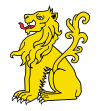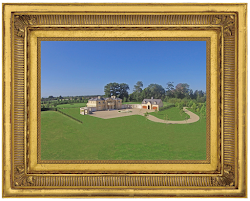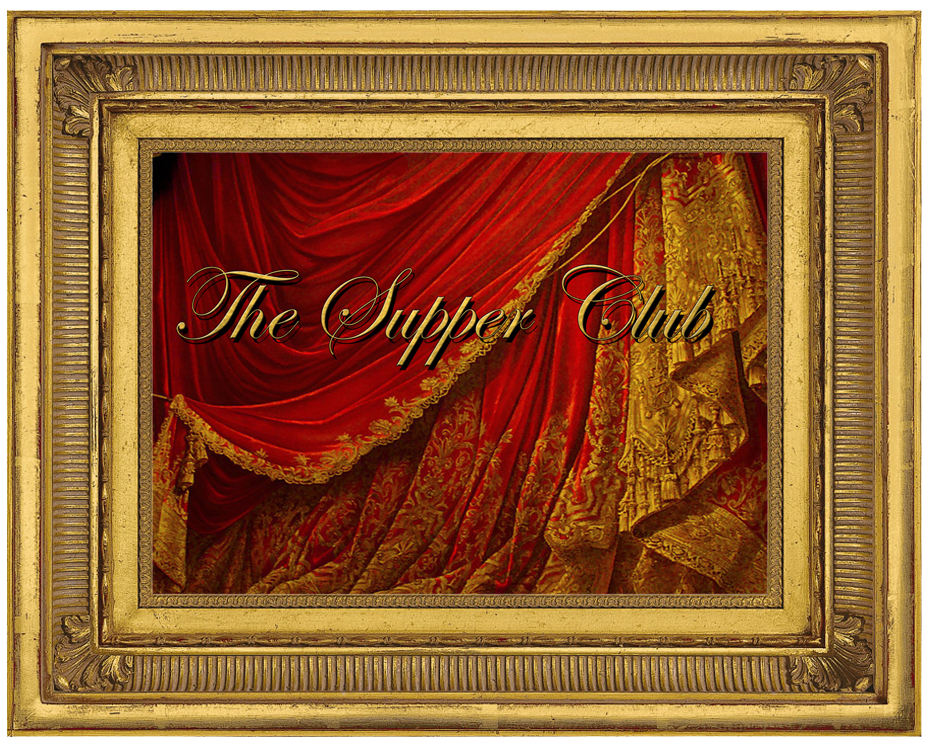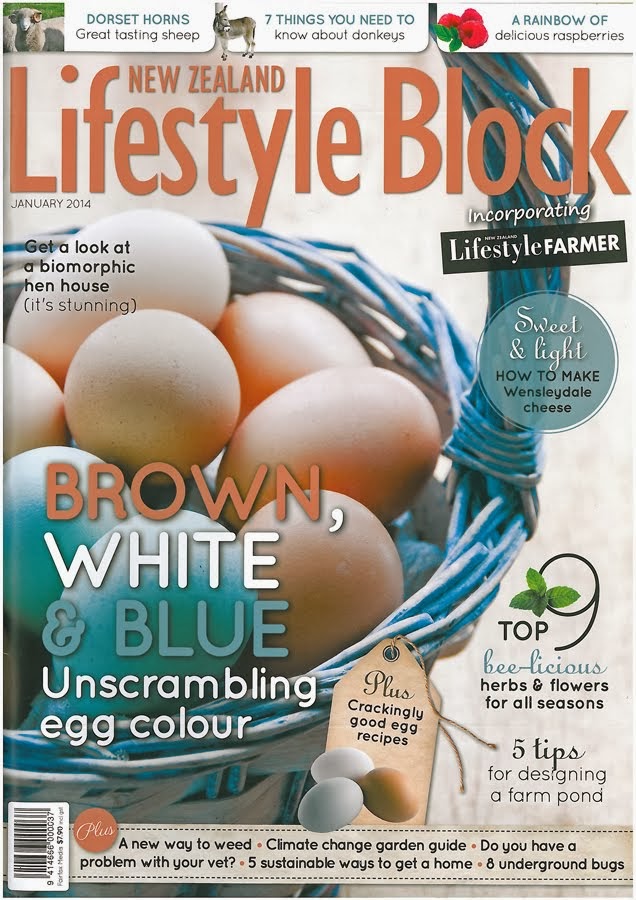
Just like
Sphinxes, Lions have been a popular theme for estate ornamentation over the centuries. They are ubiquitously found in masonry, garden ornamentation and interior decor. Having decided that we would like to include them on our estate, starting with our
Entrance, we happened upon two such noble beasts, perfect for the job. They are made of sandstone from the West country and originally belonged to an estate in Wiltshire. They will be mounted atop the gate pillars to watch over the comings and goings...


Above: One of the lions (iphone photos are not the great I'm afraid)
They stand about 4 feet tall, and have crowned lions rampant on the shields they hold (an emblem found of our own Family crest by chance). They should look great upon the gate pillars.
The other place we have decided to incorporate lions is in the front courtyard fountain. There shall be a large, traditional masonry fountain in the middle of the courtyard, inside a flower parterre, with four lions
semi-passant (identical to the ones below) standing in the parterre around the outside of the fountain pool, roaring water out of their mouths, back into the pool (ours will be farther away from the pool so that the water from their mouths lands in the pool and not on the fountain).


Above: Lovely, but the lions will be standing around the outside facing back into pool

There are other famous styles of lions used on estates over the centuries. Here are some below.
Dear Readers, please feel to comment with links to more impressive or different examples that are known to you.
Below: A lion statant in Great Park, Windsor
A More Medieval depiction of a lion perhaps than most extent sculptures

The very majestic example on the South bank by Westminster bridge...

Some fierce Italian reproduction numbers...



A winged, semi-sphinx-like lion
sejant...

Cowering lions - not the most noble look...



Some couchant inspirations...


| Attitude | Example | Description |
|---|
| Rampant |  | A "lion rampant" is depicted in profile standing erect with forepaws raised. The position of the hind legs varies according to local custom: the lion may stand on both hind legs, braced wide apart, or on only one, with the other also raised to strike; the word rampant is often omitted, especially in early blazon, as this is the most usual position of a carnivorous quadruped; Note: the term segreant denotes the same position, but is only used in reference to griffins and dragons |
| Passant |  | A "lion passant" is walking, with the right fore paw raised and all others on the ground. A "Lion of England" denotes a lion passant guardant Or, used as an augmentation Note: A lion thus depicted may be called a "leopard" (see discussion below). |
| Statant |  | A "lion statant" is standing, all four feet on the ground, usually with the forepaws together. This posture is more frequent in crests than in charges on shields. |
| Salient |  | A "lion salient" is leaping, with both hind legs together on the ground and both forelegs together in the air. This is a very rare position for a lion, but is also used of other heraldic beasts. |
| Sejant |  | A "lion sejant" is sitting on his haunches, with both forepaws on the ground. |
| Sejant erect |  | A "lion sejant erect" is seated on its haunches, but with its body erect and both forepaws raised in the "rampant" position (this is sometimes termed "sejant-rampant"). |
| Couchant |  | A "lion couchant" is lying down, but with the head raised |
| Dormant |  | A "lion dormant" is lying down with its eyes closed and head lowered, resting upon the forepaws, as if asleep. |
Above examples from Wikipedia







































.jpg)
















































I am an antique silver collector and ALWAYS check the hallmarks first. Silver's Sterling standard (92.5%) is represented by a lion passant or rampant, a sign of integrity and standards of purity.
ReplyDeleteWow! I got an education. I think the Italian lions are great. The lion with his tail sticking straight out looks wierd.
ReplyDeleteAll I can say is you are going to have some beautiful place. Congratulations on your purchase.
yvonne